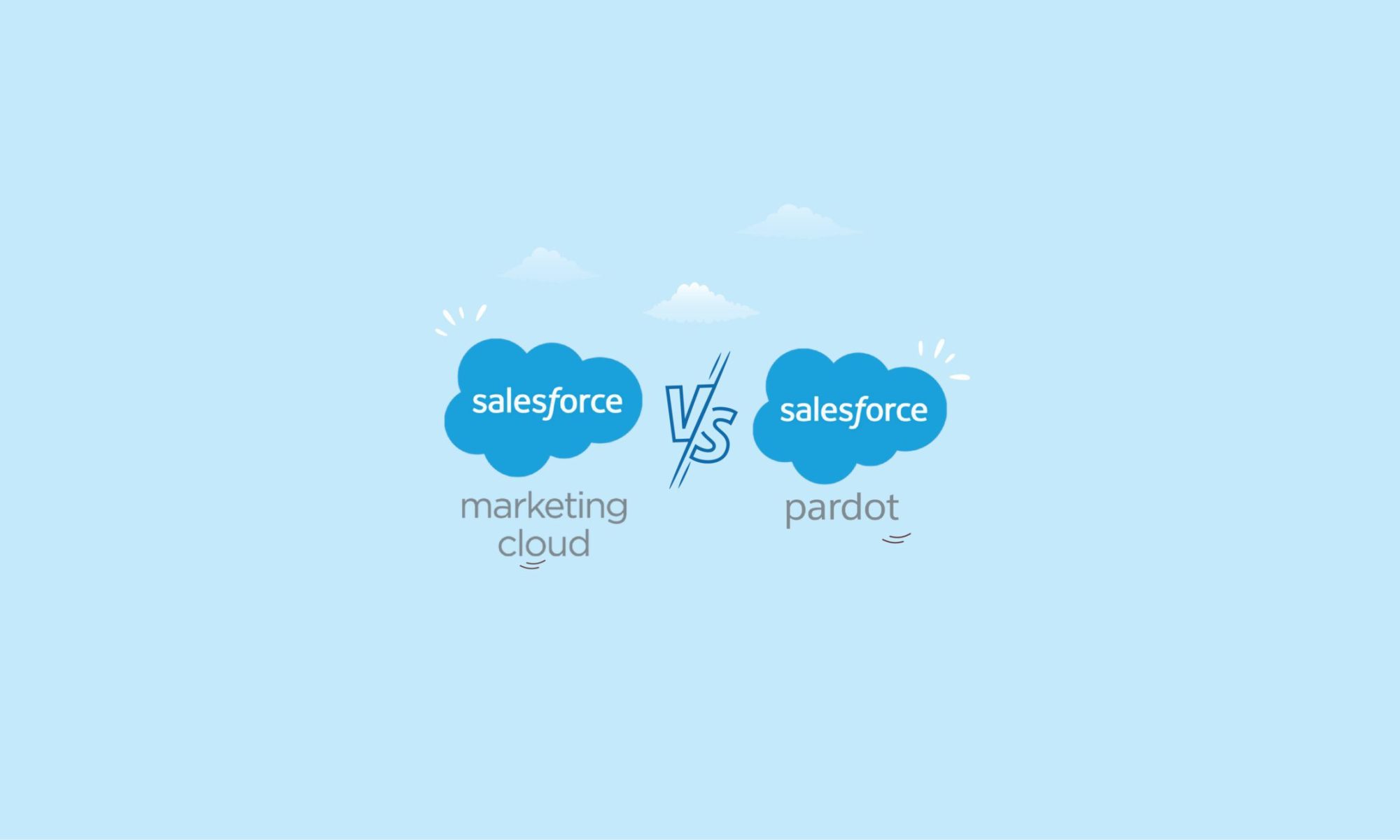Salesforce, a well-liked customer relationship management (CRM) program, is perfect for all sizes of firms looking to manage their clients, their marketing, and their sales, automate tasks, and obtain helpful information to aid in making educated decisions.
Salesforce is a powerful platform that offers a 360-degree picture of the client and a wide range of goods; nevertheless, it should be set up and customized to the needs of the business and in a professional manner. To do this, companies would need the necessary skills. Where Salesforce consultants can help in this situation—improved business performance results from following the proper advice from these experts.
But what exactly does a Salesforce consultant perform, and where can we get one? Well, there’s a lot to learn about Salesforce. We are confident that you will find all of the pertinent information you need on our blog.
What does a Salesforce consultant do?
Salesforce Consultants are the professionals who aid in implementing, optimizing, and effectively managing Salesforce within a business. They assist companies in getting the most out of the Salesforce platform. They become important assets to a firm when their abilities are combined with the platform’s capability.
In what ways do Salesforce consultants boost organizational performance?
A Salesforce consultant aids in establishing and customizing Salesforce consulting services to fit particular business requirements, from ideation through planning and setup to ongoing support and maintenance.
Salesforce consultants are intimately familiar with the platform and assist businesses in maximizing their capabilities to improve customer happiness, streamline operations, and spur growth.
Learn more about how Salesforce consultants boost organizational success by reading on.
Adoption and Customization
The setup of Salesforce CRM depends on the unique requirements of enterprises. Here, Salesforce specialists perform configuration, creation of unique objects, workflows, field configuration, and interaction with other business systems to adapt the platform to the situation.
Personalized Development
When businesses need assistance developing bespoke Salesforce solutions for the Salesforce platform, consultants assist them by assisting them in creating custom apps utilizing Visualforce, Apex, and other programming languages.
Integration
Performance and results are enhanced through the integration of Salesforce with other platforms. Salesforce is seamlessly integrated with business systems by Salesforce experts, enabling a consolidated view of customer data and fostering cross-functional cooperation. Additionally, businesses like incorporating the recently unveiled Salesforce Einstein GPT (Salesforce Marketing GPT, Sales GPT, Service GPT, and Commerce GPT) into their operations to customize customer interactions more quickly, at a lower cost, and with a quicker turnaround.
Data Transfer
Companies wishing to switch from their current CRM systems to Salesforce may engage Salesforce consultants to help them with this difficult task. The experts here ensure accurate and reliable data by facilitating a seamless data transfer from the old system to Salesforce without any data loss or performance degradation.
Training & Assistance
Salesforce consultants provide businesses and their employees with the necessary training and assistance so they can make the most of the Salesforce platform. They provide adequate training to their staff members so they can use the platform efficiently. Additionally, the continuing support and maintenance service guarantees that their systems are operating without problems and that, should problems arise, they can be immediately fixed.
Process simplification and increased productivity
Consultants streamline an organization’s business processes by automating workflows and administrative activities. Additionally, they fill the demand for customized workflows that eliminate time-consuming tasks like data entry and email notifications. Businesses can free up their personnel in this fashion to focus on other, more significant strategic initiatives and increase overall productivity and efficiency.
An increase in sales performance
Businesses’ sales performance is improved by real-time sales pipeline data, and Salesforce alone is to blame for this. Additionally, businesses utilize this CRM platform to handle a variety of prospects, track leads, and analyze sales data to address the newest trends and growth-accelerating chances.
Extraordinary Business Insights
As you are aware, Salesforce uses powerful reporting and analytics tools to offer insightful information about your company. You may monitor key performance indicators (KPIs) like customer happiness, sales performance, etc. by analyzing this data. By doing this, you may strengthen your data-driven culture and boost your company’s success.
Increased client awareness
To give your clients the personalized experience they always yearn for, you must have instant access to their accounts, tasks, contracts, events, and pertinent data. Salesforce makes it simple to manage and treat customer-relevant information. Additionally, by knowing your customers better, you’ll be able to forecast their future behavior.
Optimal Time Management
Even though you have many duties, it seems like there are fewer hours in a day for you. Here, Salesforce consultants take full advantage of the platform, aggregate all of the agents’ schedules, activities, calendars, and other information, and go above and beyond to help them. As a result, there is minimal downtime and little to no stressful situations relating to deadlines.
Let’s Explain Using an Example
Let’s look at an illustration of how a Salesforce consultant might help you improve your company’s performance.
The fundamental concept of employing a Salesforce consultant may, in fact, be applied to any industry vertical. Here, we’ll look at a scenario where a retail business wants to boost sales and customer involvement.
Issues: While operating a franchisee model, with stagnant sales, and subpar customer service, this mid-sized retail company needs assistance with consumer data segmentation. The company has been using an obsolete CRM system for a considerable amount of time, devoid of contemporary features that would help it stay competitive in the retail sector.
Potential Key: In an effort to find a way out of this predicament, the company recruited a Salesforce consultant. The consultant got things going by carefully evaluating the current systems, procedures, and business requirements.
Findings: Unorganised client data, inadequate customer service, and subpar sales procedures.
Resolutions From The Salesforce Consultant
Implementation of Salesforce Service Cloud
The retail organization used the Salesforce service cloud at the advisor’s advice in order to streamline customer support operations and satisfy client demands.
Result: With the help of the salesforce service cloud, the company can:
- Using a single platform to track client interactions through a variety of channels, including email, social media, phone, and live chat,
- Managing customer service issues effectively and reducing resolution time by roughly 35%.
Utilization of Salesforce Sales Cloud
The consultant then suggested implementing Salesforce Sales Cloud.
Result: Utilising the sales cloud’s capabilities, the retail business
- provided their sales staff with a clear insight into their sales funnel,
- Customer preferences and behaviors were discovered, lead conversions increased by 25%, and up-sell and cross-sell opportunities were improved.
CRM for Salesforce customers
The business went ahead and implemented Salesforce Customer 360, which was the most effective advice.
Result:
- spanning multiple departments, unified customer data,
- Got a single view of every customer, and its marketing team used this information to create focused campaigns that raised customer lifetime value and boosted customer engagement by 40%.
Salesforce Education
Finally, the Salesforce specialist provided the staff with in-depth training to ensure the new technology was utilized correctly.
Result:
- reduced administrative work, higher employee productivity, and more time for customer-facing and revenue-generating activities.
- The retail organization saw a considerable improvement in sales performance, customer satisfaction, and overall efficiency within a year.
As a result, they identified their immediate problems and established improved CRM systems, ensuring their long-term success. Any industry can benefit from increased sales and revenue by hiring a Salesforce consultant.
How Can I Get The Best Salesforce Consultant For A Fair Price?
You should choose a Salesforce consultant who has the necessary experience and knowledge to meet your company’s needs before hiring them. The following criteria should be taken into account while selecting a Salesforce consultant:
Certifications
Hire a group of Salesforce experts with expertise in a variety of platform areas and credentials proving their knowledge.
Experience
You may want to take into account Salesforce consultants who have worked with companies that are comparable to what you are searching for. They would have a thorough understanding of your sector and be qualified to deal with any problems that might arise.
Communication
To keep you updated on the status of your project and handle any issues, consultants should maintain open lines of communication with the organization they are working with.
References
In order to track consultants’ success rates, organizations might inquire about their portfolios and prior clients.
Pricing
Choose the Salesforce consultant’s pricing plan if it precisely fits your budget. Because neither the cheapest nor the most costly salesforce consulting hourly rate can always satisfy your business needs, choose wisely.
Conclusion
This is not the only reason; Salesforce is chosen for a variety of company needs since it has answers to practically all business problems.
Hiring the appropriate Salesforce expert may therefore assist you in setting up, configuring, and customizing Salesforce CRM in accordance with business needs, improving brand value and efficiency.




